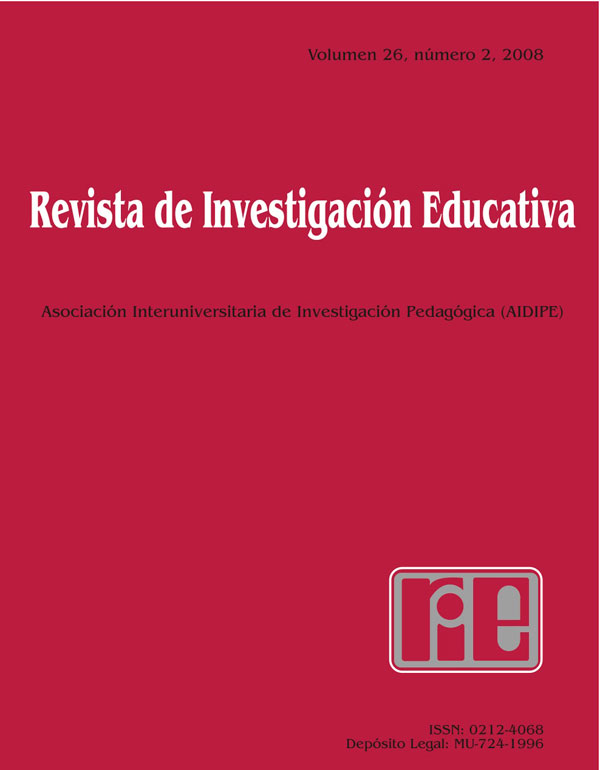La educación física escolar desde el punto de vista del alumnado de educación primaria y del estudiante de magisterio
Abstract
Descriptive study in which a written questionnaire of closed answers is applied to a group survey of demoscopic character. The survey is at the same time individual and standardized, and is developed in the presence of a pollster. Using the quantitative method, the established observational categories are studied to explore the pupil’s concept on the scholastic Physical Education, specially those students of 2nd and 3rd cycles of Primary Education. This observational categories are structured in seven variables which, distinguishing between the two last cycles that integrate Primary Education, gender, educational establishment, and their location. After the analysis of the results, it has been verified that the contents of Physical Education, their empathy with the teaching staff and the freedom they experienced during lessons together with the influence of mass media, are the main factors which cause this subject to be the most preferred above the rest. Whereas sport facilities, obtained qualifications and schedule are not significant in their likes.Downloads
-
Abstract1404
-
PDF (Español (España))749
The articles and scientific documents published in RIE abide the following conditions:
1. The Servicio de Publicaciones de la Universidad de Murcia (the publisher) has the property rights (copyright) of all the documents published and allows the reuse under the user’s license indicated in point 2.
2. All documents are published in the digital edition of RIE under a Creative Commons Reconocimiento-NoComercial-SinObraDerivada 3.0 España (legal document) license. These documents can be copied, used, distributed, communicated and explained publicly if: i) the author(s) and its original source of publishing (magazine, publisher and URL of the document) are cited; ii) it is not used for commercial purpose; iii) the existence and the specifications about this license are mentioned.
3. Auto-archive’s conditions. The authors are allowed and encouraged to digitally distribute the pre-print versions (a version before evaluation) and/or post-print (a version that it is already evaluated and accepted to its publication). This promotes circulation and distribution earlier and can increase the citations and significance within the academic community.










